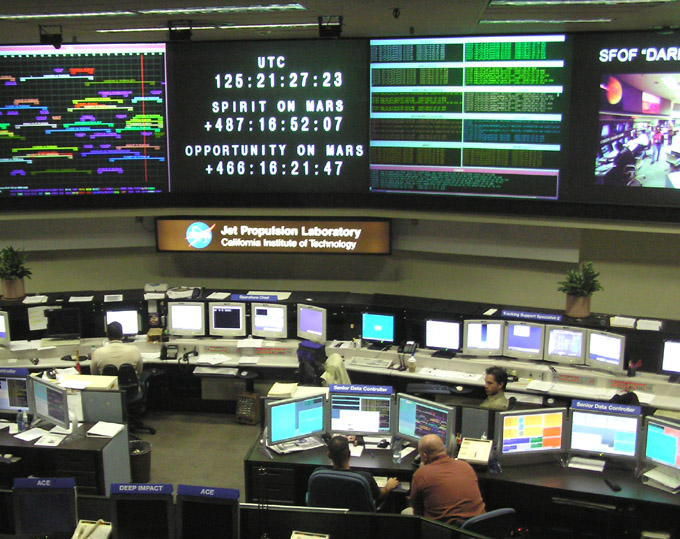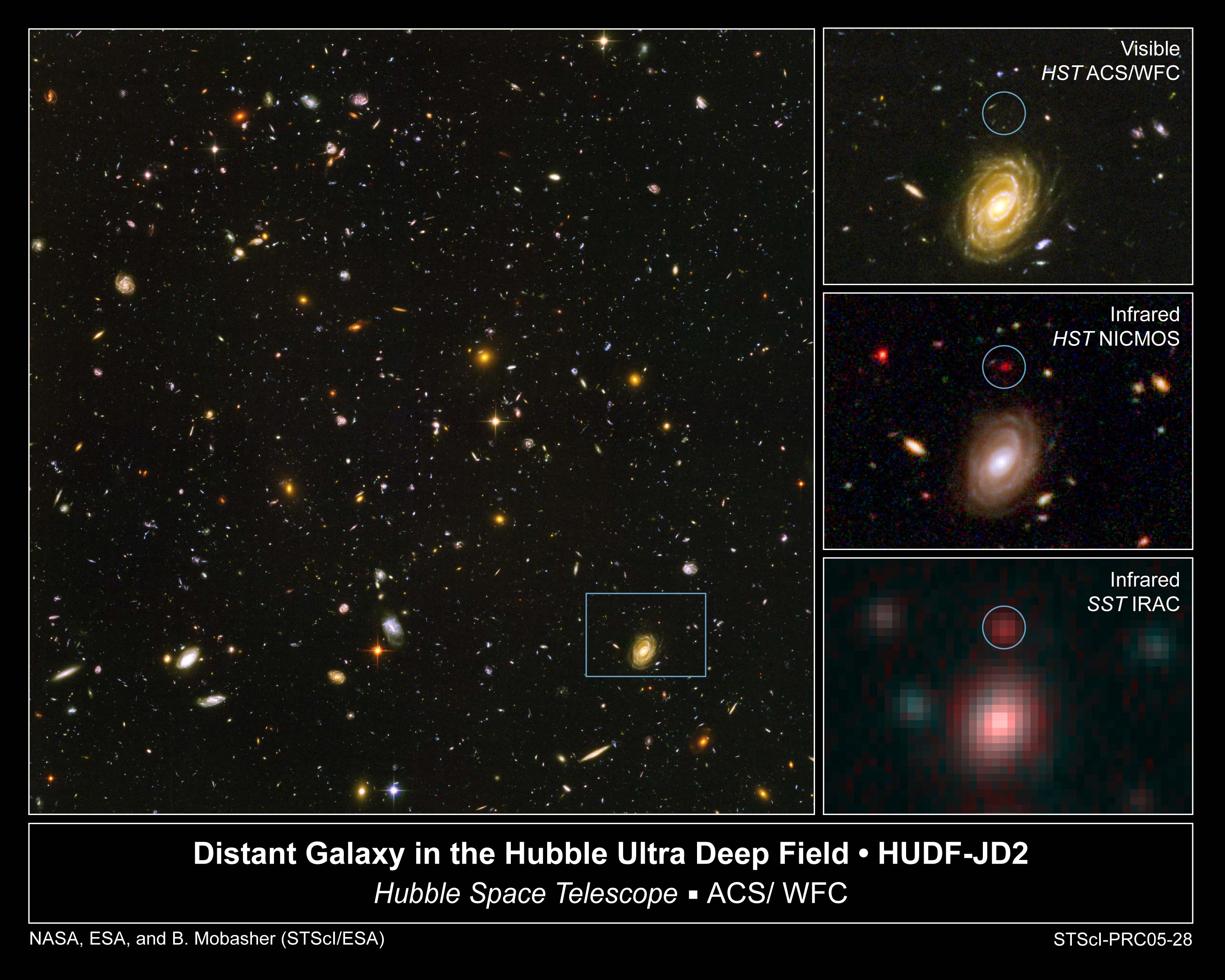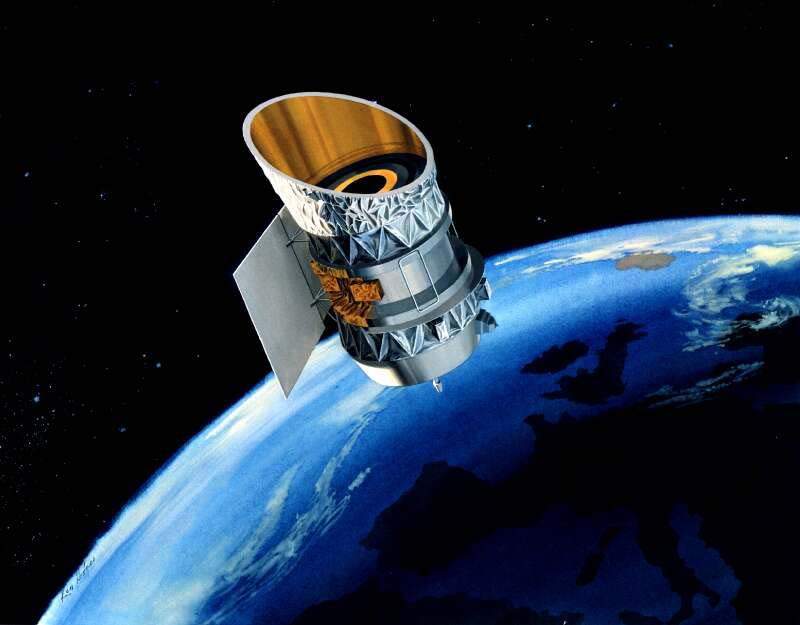|
103 Hera
Hera (minor planet designation: 103 Hera) is a moderately large main-belt asteroid with an orbital period of . It was discovered by Canadian-American astronomer James Craig Watson on September 7, 1868, and named after Hera, queen and fifth in power of the Olympian gods in Greek mythology. This is a stony S-type asteroid with a silicate surface composition. Photometric observations made in 2010 at the Organ Mesa Observatory at Las Cruces, New Mexico, and the Hunters Hill Observatory at Ngunnawal, Australian Capital Territory, give a synodic rotation period of . The bimodal light curve shows a maximum brightness variation of 0.45 ± 0.03 in magnitude. Measurements made with the IRAS observatory give a diameter of and a geometric albedo of . By comparison, the MIPS photometer on the Spitzer Space Telescope gives a diameter of and a geometric albedo In astronomy, the geometric albedo of a celestial body is the ratio of its actual brightness as seen from the light source (i.e. ... [...More Info...] [...Related Items...] OR: [Wikipedia] [Google] [Baidu] |
James Craig Watson
James Craig Watson (January 28, 1838 – November 22, 1880) was a Canadian- American astronomer, discoverer of comets and minor planets, director of the University of Michigan's Detroit Observatory in Ann Arbor, and awarded with the Lalande Prize in 1869. Biography Watson was born in the village of Fingal, Ontario Canada. His family relocated to Ann Arbor, Michigan in 1850. At age 15 he was matriculated at the University of Michigan, where he studied the classical languages. He graduated with a BA in 1857 and received a master's degree on examination after two years' study in astronomy under professor Franz Brünnow. He became Professor of Physics and instructor in Mathematics, and in 1863, succeeded him as professor of Astronomy and director of the Detroit Observatory. He wrote the textboo''Theoretical Astronomy'' published in 1868 by J. B. Lippincott & Co. The textbook was a standard reference work for over thirty years. He discovered 22 asteroids, beginning with 79 Euryn ... [...More Info...] [...Related Items...] OR: [Wikipedia] [Google] [Baidu] |
Ngunnawal, Australian Capital Territory
Ngunnawal () is a suburb in the district of Gungahlin in Canberra, Australia. The suburb is named in tribute to the Ngunnawal people, the original inhabitants of the area. The suburb was gazetted on 24 April 1992. Ngunnawal is adjacent to the suburbs of Nicholls, Casey, Moncrieff, Amaroo and Gungahlin. It is bounded by Gungahlin Drive, Horse Park Drive, Gundaroo Drive and Mirrabei Drive. Ginninderra Creek is situated near Ngunnawal's eastern boundary. The suburb is located approximately 4 km from the Gungahlin Town Centre and about 13 km from the centre of Canberra. Place names Ngunnawal's place names relate to indigenous Australian culture. For example: * Violet's Park on Marungul Avenue was named after Ngunnawal elder Josephine Violet Bulger in 1993. A commemorative artwork titled ''Meeting Place'' was installed in 2017 in honour of Violet's life and community contributions. * Wanganeen Ave is named after Ken Wanganeen, a prominent Aboriginal Affairs activi ... [...More Info...] [...Related Items...] OR: [Wikipedia] [Google] [Baidu] |
S-type Asteroids (SMASS)
S-type asteroids are asteroids with a spectral type that is indicative of a siliceous (i.e. stony) mineralogical composition, hence the name. They have relatively high density. Approximately 17% of asteroids are of this type, making it the second most common after the carbonaceous C-type. Characteristics S-type asteroids, with an astronomical albedo of typically 0.20, are moderately bright and consist mainly of iron- and magnesium- silicates. They are dominant in the inner part of the asteroid belt within 2.2 AU, common in the central belt within about 3 AU, but become rare farther out. The largest are 3 Juno (about 240–250 km across) and 15 Eunomia (230 km), with other large S-types being 29 Amphitrite, 532 Herculina and 7 Iris. These largest S-types are visible in 10x50 binoculars at most oppositions; the brightest, 7 Iris, can occasionally become brighter than +7.0, which is a higher magnitude than any asteroid except the unusually reflective 4 Vesta ... [...More Info...] [...Related Items...] OR: [Wikipedia] [Google] [Baidu] |
Named Minor Planets
Named may refer to something that has been given a name. Named may also refer to: * named (computing), a widely used DNS server * Naming (parliamentary procedure) Naming is a procedure in some Westminster parliaments that provides for the speaker to temporarily remove a member of parliament who is breaking the rules of conduct of the legislature. Historically, "naming" refers to the speaker's invocation of ... * The Named (band), an American industrial metal group In literature: * '' The Named'', a fantasy novel by Marianne Curley * The Named, a fictional race of prehistoric big cats, depicted in '' The Books of the Named'' series by Clare Bell See also * Name (other) * Names (other) * Naming (other) {{disambiguation ... [...More Info...] [...Related Items...] OR: [Wikipedia] [Google] [Baidu] |
Discoveries By James Craig Watson
Discoveries may refer to: Music * ''Discoveries'' (Cannonball Adderley album), 1955 * ''Discoveries'' (Josh Nelson album), 2011 * ''Discoveries'' (Northlane album), 2011 Other uses * ''Discoveries'' (film), a 1939 British film * Discoveries (horse), a racehorse * ''Discoveries'' (Robertson Davies), a 2002 book by Robertson Davies * ''Discoveries'' (TV series), a Canadian youth science television series which aired on CBC Television in 1957 * ''Abrams Discoveries'', a series of illustrated non-fiction books published by Harry N. Abrams * ''Discoveries'', a work by William Butler Yeats, written in 1907 * ''Discoveries'', a magazine published by Cedars-Sinai Medical Center See also * Age of Discoveries * Discovery (other) Discovery may refer to: * Discovery (observation), observing or finding something unknown * Discovery (fiction), a character's learning something unknown * Discovery (law), a process in courts of law relating to evidence Discovery, The Disco ... [...More Info...] [...Related Items...] OR: [Wikipedia] [Google] [Baidu] |
Background Asteroids
Background may refer to: Performing arts and stagecraft * Background actor * Background artist * Background light * Background music * Background story * Background vocals * ''Background'' (play), a 1950 play by Warren Chetham-Strode Recorded works * ''Background'' (1953 film), a British drama * ''Background'' (1973 film), a documentary * ''Background'' (TV series), a Canadian journalistic television series * ''Background'' (Lifetime album), 1992 * ''Background'' (Bassi Maestro album), 2002 Science and engineering * Background extinction rate * Background independence, a condition in theoretical physics * Background noise * Background radiation, the natural radiation that is always present in a location ** Background (astronomy), small amounts of light coming from otherwise dark parts of the sky ** Cosmic background (other) ** Gravitational wave background ** X-ray background * Background process, software that is running but not being displayed * ... [...More Info...] [...Related Items...] OR: [Wikipedia] [Google] [Baidu] |
NASA Jet Propulsion Laboratory
The Jet Propulsion Laboratory (JPL) is a federally funded research and development center and NASA field center in the City of La Cañada Flintridge, California, United States. Founded in the 1930s by Caltech researchers, JPL is owned by NASA and managed by the nearby California Institute of Technology (Caltech). The laboratory's primary function is the construction and operation of planetary robotic spacecraft, though it also conducts Earth-orbit and astronomy missions. It is also responsible for operating the NASA Deep Space Network. Among the laboratory's major active projects are the Mars 2020 mission, which includes the '' Perseverance'' rover and the '' Ingenuity'' Mars helicopter; the Mars Science Laboratory mission, including the ''Curiosity'' rover; the InSight lander (''Interior Exploration using Seismic Investigations, Geodesy and Heat Transport''); the ''Mars Reconnaissance Orbiter''; the '' Juno'' spacecraft orbiting Jupiter; the ''SMAP'' satellite for earth surfac ... [...More Info...] [...Related Items...] OR: [Wikipedia] [Google] [Baidu] |
Occultation
An occultation is an event that occurs when one object is hidden from the observer by another object that passes between them. The term is often used in astronomy, but can also refer to any situation in which an object in the foreground blocks from view (occults) an object in the background. In this general sense, occultation applies to the visual scene observed from low-flying aircraft (or computer-generated imagery) when foreground objects obscure distant objects dynamically, as the scene changes over time. If the closer body does not entirely conceal the farther one, the event is called a ''transit''. Both transit and occultation may be referred to generally as ''occlusion''; and if a shadow is cast onto the observer, it is called an eclipse. The symbol for an occultation, and especially a solar eclipse, is file:Occultation symbol.svg (U+1F775 🝵). Occultations by the Moon The term occultation is most frequently used to describe lunar occultations, those relatively ... [...More Info...] [...Related Items...] OR: [Wikipedia] [Google] [Baidu] |
Spitzer Space Telescope
The Spitzer Space Telescope, formerly the Space Infrared Telescope Facility (SIRTF), was an infrared space telescope launched in 2003. Operations ended on 30 January 2020. Spitzer was the third space telescope dedicated to infrared astronomy, following IRAS (1983) and ISO (1995–1998). It was the first spacecraft to use an Earth-trailing orbit, later used by the Kepler planet-finder. The planned mission period was to be 2.5 years with a pre-launch expectation that the mission could extend to five or slightly more years until the onboard liquid helium supply was exhausted. This occurred on 15 May 2009. Without liquid helium to cool the telescope to the very low temperatures needed to operate, most of the instruments were no longer usable. However, the two shortest-wavelength modules of the IRAC camera continued to operate with the same sensitivity as before the helium was exhausted, and continued to be used into early 2020 in the Spitzer Warm Mission. During the warm missio ... [...More Info...] [...Related Items...] OR: [Wikipedia] [Google] [Baidu] |
Geometric Albedo
In astronomy, the geometric albedo of a celestial body is the ratio of its actual brightness as seen from the light source (i.e. at zero phase angle) to that of an ''idealized'' flat, fully reflecting, diffusively scattering ( Lambertian) disk with the same cross-section. (This phase angle refers to the direction of the light paths and is not a phase angle in its normal meaning in optics or electronics.) Diffuse scattering implies that radiation is reflected isotropically with no memory of the location of the incident light source. Zero phase angle corresponds to looking along the direction of illumination. For Earth-bound observers, this occurs when the body in question is at opposition and on the ecliptic. The visual geometric albedo refers to the geometric albedo quantity when accounting for only electromagnetic radiation in the visible spectrum. Airless bodies The surface materials (regoliths) of airless bodies (in fact, the majority of bodies in the Solar System) are stro ... [...More Info...] [...Related Items...] OR: [Wikipedia] [Google] [Baidu] |
IRAS
The Infrared Astronomical Satellite ( Dutch: ''Infrarood Astronomische Satelliet'') (IRAS) was the first space telescope to perform a survey of the entire night sky at infrared wavelengths. Launched on 25 January 1983, its mission lasted ten months. The telescope was a joint project of the United States (NASA), the Netherlands ( NIVR), and the United Kingdom ( SERC). Over 250,000 infrared sources were observed at 12, 25, 60, and 100 micrometer wavelengths. Support for the processing and analysis of data from IRAS was contributed from the Infrared Processing and Analysis Center at the California Institute of Technology. Currently, the Infrared Science Archive at IPAC holds the IRAS archive. The success of IRAS led to interest in the 1985 Infrared Telescope (IRT) mission on the Space Shuttle, and the planned Shuttle Infrared Telescope Facility which eventually transformed into the Space Infrared Telescope Facility, SIRTF, which in turn was developed into the Spitzer Space ... [...More Info...] [...Related Items...] OR: [Wikipedia] [Google] [Baidu] |
Magnitude (astronomy)
In astronomy, magnitude is a unitless measure of the brightness of an object in a defined passband, often in the visible or infrared spectrum, but sometimes across all wavelengths. An imprecise but systematic determination of the magnitude of objects was introduced in ancient times by Hipparchus. The scale is logarithmic and defined such that a magnitude 1 star is exactly 100 times brighter than a magnitude 6 star. Thus each step of one magnitude is \sqrt \approx 2.512 times brighter than the magnitude 1 higher. The brighter an object appears, the lower the value of its magnitude, with the brightest objects reaching negative values. Astronomers use two different definitions of magnitude: apparent magnitude and absolute magnitude. The ''apparent'' magnitude () is the brightness of an object as it appears in the night sky from Earth. Apparent magnitude depends on an object's intrinsic luminosity, its distance, and the extinction reducing its brightness. The ''absolute'' magnitu ... [...More Info...] [...Related Items...] OR: [Wikipedia] [Google] [Baidu] |


.jpg)




